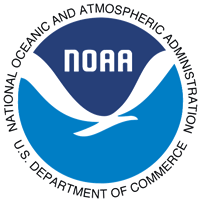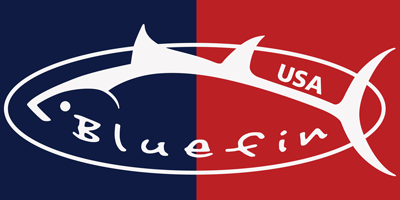Elliott Hazen
Session 11, Talk 2, 20/1/16 @ 1430 hrs
Bluefin tuna are one of the most highly valued fish in the world, which has led to high exploitation rates in the world’s oceans. Here we explore how oceanographic covariates of habitat can be used to assess how anthropogenically-induced risks may affect Atlantic and Pacific bluefin tuna stocks. In the Pacific, bluefin tuna spawn in the western Pacific but use the eastern Pacific as key foraging grounds. We used ocean-habitat relationships and climate projections to predict how bluefin tuna distribution is likely to change in the future. In the Atlantic, bluefin tuna use foraging grounds in the northwest Atlantic but spawn in the Gulf of Mexico, near their upper thermal tolerance. Between April-August of 2010, the Deep Water Horizon oil spill released an estimated 4.4 million barrels of oil into the Gulf, with severe ecosystem and economic impacts. We again used ocean-habitat relationships this time combined with ERMA oil spill data to quantify the impact of oil exposure on the spawning and foraging grounds of bluefin tuna. Acute oil exposure has been shown to lead to mortality of bluefin tuna eggs and larvae while chronic effects on adults are less understood. Understanding impacts of multiple stressors including climate variability and anthropogenic stressors on bluefin tuna is important to ensure sustainable populations in the future.
Contact: E. Hazen, NOAA SWFSC, USA, This email address is being protected from spambots. You need JavaScript enabled to view it.














